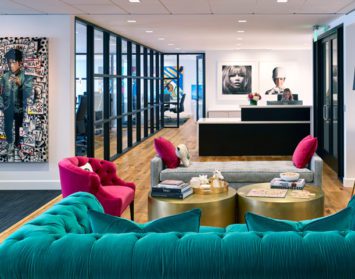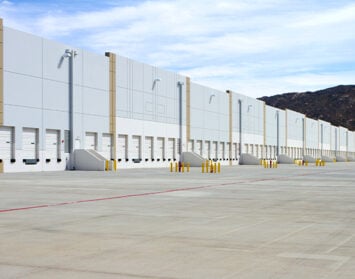Improving on a Polarizing Trend
By Nicholas Willis
Noise. Lack of privacy. No sense of personal space. No ability to focus. Funny smells. Messy colleagues and their trinkets. Co-workers with quirky tendencies. Trending viral videos. Headphones and Slack.
“Open office” planning has been getting a bad rap these days, as public opinion and sensationalized news stories emphasize negative aspects of the design. The debate over the open office trend is being discussed in informational articles like this from The Washington Post, and examined through in-depth research studies. But why did this trend become so popular if it is so problematic?
An Inc. article actually turns the tables on the assumed instigators of this trend—the architects and interior designers that promote wide open, “collaborative” spaces—and reports that even design professionals experience dissatisfaction with the open office concept.
Such pieces focus on the extremes of any idea, because the extremes attract the most attention. So, before we overcorrect and go back to planning a series of private 225-square-foot offices lining a lonely circuitous corridor, perhaps it’s fair to identify why open office concepts were developed in the first place. In this article, we’ll look at the current issues with open office concepts, and how they can be mitigated through appropriate planning.
Why Did the Open Office Layout Develop as a Solution?
Space needs: In the past, conventional wisdom in traditional office space planning called for an area ratio per employee of 250-275 square feet per person. Concerns over the cost of real estate had shrunk that ratio in the recent past to under 150 square feet per person. Today, with concerns over density and the desire for wide open, “all hands” areas, the area ratio per person is trending back up.
Construction costs to build out offices: There is a significantly higher cost in building the additional walls, doors, lighting and temperature controls that individual offices require.
The need for collaboration: Since work modes have evolved, being in the office is often not required to complete work, and instead the office is a place for exchanging ideas, absorbing information and serves as a reminder of a company’s culture and collective goals.
Current Issues and Ways to Alleviate Them
High Density
By far, the biggest enemy the open plan faces is density. To be clear, open plans naturally promote densification and efficiency, and have been utilized to serve exactly those purposes. When the desired outcome of open office design is to get team members in seats in the smallest footprint possible, problems will develop. Like the cities we live in, it all comes down to what is a livable density and scale. Just as people in overcrowded cities leave for the perceived peace and quiet suburbs offer, staff in overcrowded work areas will eventually look for quieter places to carry out their day-to-day roles.
A smart solution is simply to allow more space between people. While team members in today’s office rarely need the space that an 8 x 8 desk or cubicle offers, giving people the same footprint of space with a smaller desk might be one way to make the open office more accommodating.
Workstation Sizes
We regularly see growing technology firms use the Ikea Bekant desk. And what’s not to like? It’s a desk that is affordable, simple, clean, sturdy (enough) that offers sit-to-stand as well as other custom options. But take note! These desks measure just under 4 feet wide by 31 inches deep, with a larger version being 5 feet wide. This can quickly feel too constrained for day-to-day work, especially if placed side-by-side with seven other desks in a traditional bench format. We like to propose workstation solutions that provide at least a minimum sense of “territory,” with a panel or barrier between workstations facing each other, or with a file/drawer return surface perpendicular to the main worksurface to provide separation from adjacent desks.
Workstation Orientation
Think of the restaurant seating habit popularized by mafia movies: You sit in the back of the restaurant with an eye on the door, so you can always see who is coming for you. Now, consider that strategy with workstations. Whether people consciously know it or not, there is a certain level of discomfort in having your back to your boss or coworkers, and having your screen exposed. A sense of territory and privacy will go a long way in mitigating that stress. Orient people so that they face common aisles and walkways, and/or provide privacy from the back.
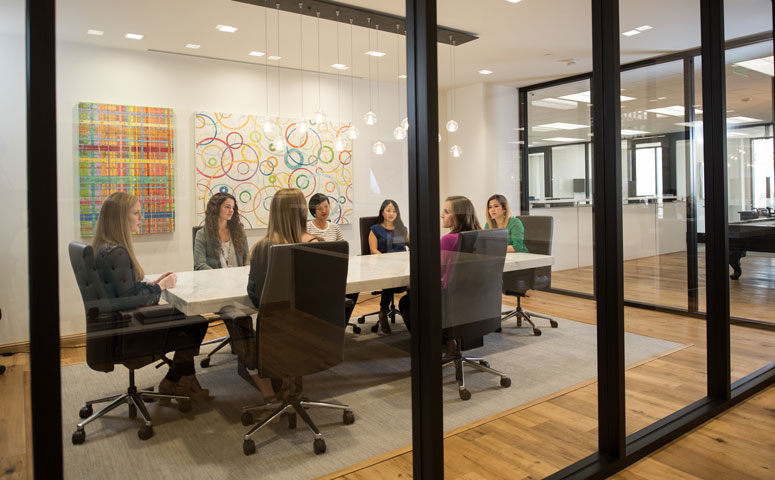
Lack of Focus Space
The traditional open office model—the one that is referenced and complained about most frequently—separates managers from staff. Managers are in offices, and staff are at workstations. While not necessary to eliminate this hierarchy completely, consider the privacy needs of the open office team, and place small, 2-4 people rooms nearby the open areas, with technology capable of handling the same needs that a workstation would. This will allow team members in open office settings to escape when they need to concentrate—and conversely, allow small groups to move into a closed space where they don’t disturb others while they collaborate!
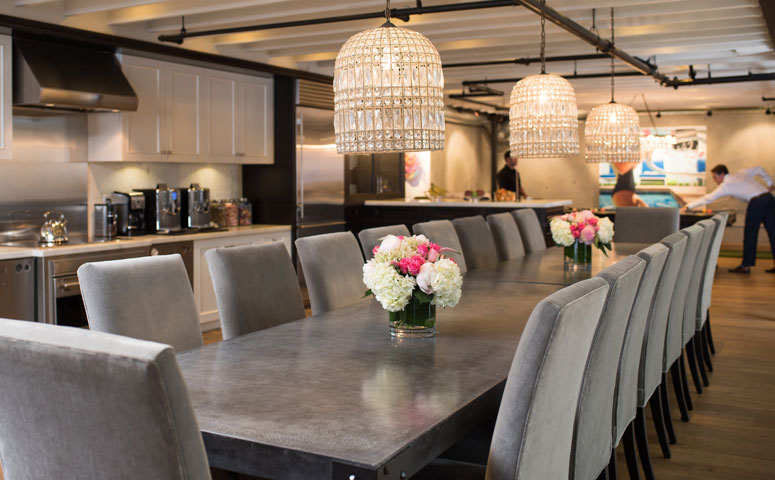
Inappropriate Adjacencies
Putting your team right next to an open break room is a recipe for disaster. To the extent possible, we like to group “public” spaces and private spaces. So, if you have that large (open) all-hands area, make sure it is buffered by other public areas—receptions, conference rooms, lounges—or separated from work areas with functional rooms, server rooms, copy rooms, etc., to ensure that disturbances at team member’s desks are minimized as much as possible. This planning separates work from play, allows private spaces to be free from distractions, and gives team members more freedom to have fun without worry of disturbance. Using the cities/suburbs analogy from earlier: Cluster your public spaces as you would an urban environment with restaurants, entertainment districts and lounges adjacent to each other, and don’t allow for too much sprawl. People flee sprawl because they feel isolated and don’t have a pulse on what’s going on around them (as in a private office).
Noise
The trending open offices today come with architectural design that does next to nothing to mitigate noise. While firms stretch their tenant improvement budgets to deconstruct the traditional office with concrete or hard surface floors and open ceilings, the acoustic issues that come out of these designs need to be addressed. Acoustic panels, carpeting and sound masking (white noise machines for the office) are great ways to resolve noise transfer.
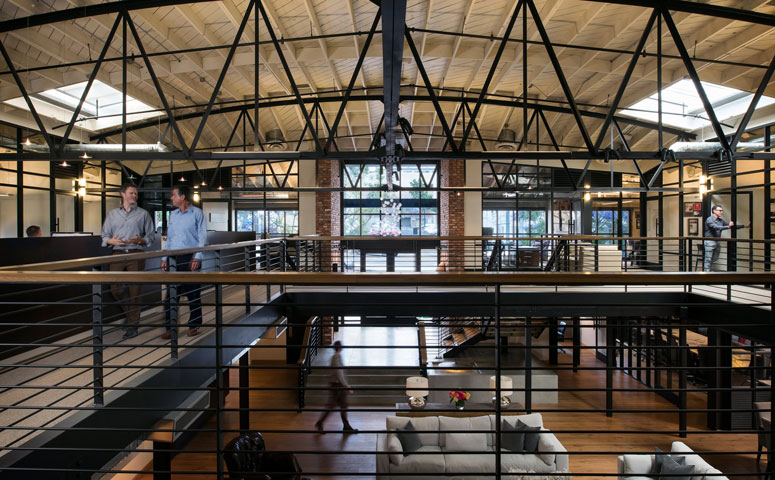
Team Separation
We always advocate for your staff to be together, but breaking up your workstation groupings with physical barriers or even lounge areas is a great way to quiet local areas.
One Size Fits All
Designing your office requires knowledge of how your teams function, how they work, the tools they require and the space they need. An office that employs multiple professions under one roof will need different solutions. The sales team will be mobile and noisy, with work-anywhere freedom. Your developers are going to be plugged in, producing and engaged but susceptible to distraction. We often consider spaces being too noisy as problematic, but a sales or marketing team may thrive on the energy and excitement of constant communication! A quiet space may not be the best answer for those groups. Make sure your teams have the space they need to do their best work.
As construction costs continue to rise, telecommuting becomes more of an alternative, causing an even greater barrier to communication and likelihood of social isolation. This presents a greater case for collaborative office space. What remains clear is the need for environments in office spaces that bring people together, not further apart.
With extensive experience in open office plan strategy, our Planning + Design and Program, Project and Construction Management teams at Hughes Marino can help clients create dream spaces that cultivate and nurture their unique company cultures. By paying attention to these critical factors during the design process, you will help ensure that you’re doing everything to make your open office environment as comfortable (and desirable) as possible.
This article was featured on LoopNet.com.
Nicholas Willis is interior planning director at Hughes Marino, a global corporate real estate advisory firm that exclusively represents tenants and buyers. Contact Nicholas at 1-844-662-6635 or nicholas.willis@hughesmarino.com to learn more.




